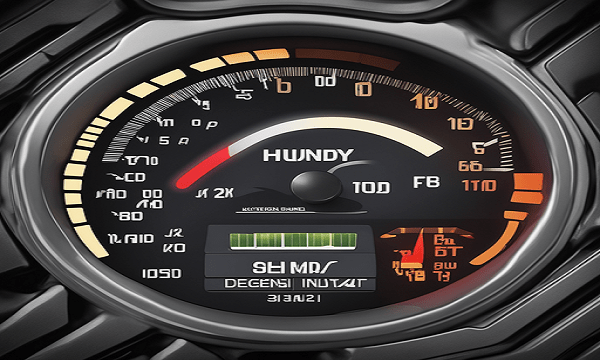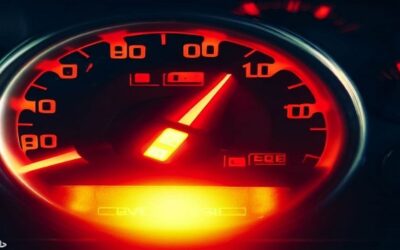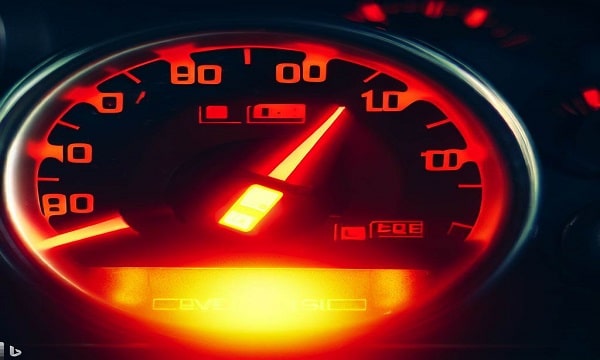Best way Hyundai Check Engine Light: Causes, Diagnosis, and Reset

To write an SEO article for the keyword Hyundai Check Engine Light, you need to follow these steps:
- Research the SERPs for your target keyword. SERPs are the search engine results pages that show up when you type in a query. You need to analyze what kind of content is already ranking for your keyword and what the search intent is. Search intent is the goal or purpose of the searcher. For example, if someone searches for Hyundai Check Engine Light, they probably want to know what causes it and how to fix it.
- Create an outline for your article. An outline is a structure that helps you organize your main points and supporting details. You should have an introduction, a body, and a conclusion. The introduction should capture the reader’s attention, provide some background information, and state the main purpose of the article. The body should present the main points and supporting evidence in a logical and coherent way. The conclusion should summarize the main points, restate the purpose, and provide some recommendations or implications.
- Write your article using clear and concise language. You should use your own words and avoid copying from other sources. You should also cite your sources properly using a consistent citation style. You should use headings, subheadings, bullet points, tables, charts, images, or other visual aids to make your article more attractive and readable. You should also proofread and edit your article for grammar, spelling, punctuation, and style errors.
- Optimize your article for SEO elements. SEO elements are the parts of your content that help search engines understand and rank your article. Some of the most important SEO elements are:
- Page title: This is the title that appears on the SERPs and on the browser tab. It should include your main keyword and be catchy and relevant.
- URL: This is the web address of your article. It should include your main keyword and be short and descriptive.
- Meta description: This is the summary of your article that appears on the SERPs below the page title. It should include your main keyword, a benefit, and a call to action.
- Keywords: These are the words or phrases that match the search queries of your target audience. You should use your main keyword and related long-tail keywords throughout your article, but not too much or too little. A good rule of thumb is to use your main keyword in the title, the first paragraph, one or two headings, and the conclusion. You should also use synonyms or variations of your keywords to avoid repetition and keyword stuffing.
- Images: These are the pictures or graphics that illustrate your article. You should use relevant and high-quality images that support your content. You should also optimize them for SEO by adding alt text, captions, titles, and file names that include your keywords.
- Publish and promote your article. Once you have written and optimized your article, you need to publish it on your website or blog platform. You should also promote it on social media, email newsletters, forums, or other channels where your target audience can find it.
- Monitor and update your article. After publishing your article, you should track its performance using analytics tools like Google Analytics or Bing Webmaster Tools . You should measure metrics like traffic, rankings, clicks, impressions, bounce rate, dwell time, conversions, etc. You should also update your article regularly with new information or changes to keep it fresh and relevant.
Here is an example of how you can start writing an SEO article for the keyword Hyundai Check Engine Light:
Hyundai Check Engine Light: Causes and Solutions
If you own a Hyundai car, you may have encountered the check engine light at some point. This light is part of the onboard diagnostic system (OBD II) that monitors the performance and emissions of your engine1. When the light comes on, it means that there is a problem with one or more components of your engine that needs to be fixed as soon as possible.
The check engine light can indicate a variety of issues2, ranging from minor to major3. Some of the most common causes are:
- A loose or missing gas cap
- A faulty oxygen sensor
- A bad catalytic converter
- A dirty or damaged mass airflow sensor
- A worn-out spark plug or spark plug wire
- A vacuum leak
Depending on the severity of the problem4, the check engine light may be steady or flashing5. A steady light means that the problem is not urgent but should be addressed soon. A flashing light means that the problem is serious and may damage your engine or other parts of your car if you continue driving.
To find out the exact cause of the check engine light, you need to scan your car with a code reader or take it to a professional mechanic. The code reader will display a trouble code that corresponds to the specific problem detected by the OBD II system. You can then look up the meaning of the code online or in your owner’s manual and follow the recommended steps to fix it.
In this article, we will explain some of the most common causes of the check engine light in Hyundai cars and how to solve them. We will also give you some tips on how to prevent the check engine light from coming on in the future and how to save money on repairs.
Loose or Missing Gas Cap
One of the simplest and most frequent causes of the check engine light is a loose or missing gas cap. The gas cap seals the fuel tank and prevents fuel vapors from escaping into the atmosphere. If the gas cap is loose or missing, it can cause a drop in fuel pressure and trigger the OBD II system to turn on the check engine light.
The solution for this problem is very easy: just tighten or replace your gas cap. Make sure you hear a click when you close it. You can also check for any cracks or damage on the gas cap that may affect its sealing ability.
After you fix your gas cap, you may need to drive for a few miles before the check engine light turns off. Alternatively, you can reset it by disconnecting and reconnecting your battery or using a code reader.
To prevent this problem from happening again, always make sure you close your gas cap properly after refueling. Also, avoid overfilling your tank or spilling any fuel on or around the gas cap.
Faulty Oxygen Sensor
Another common cause of the check engine light is a faulty oxygen sensor. The oxygen sensor measures …








